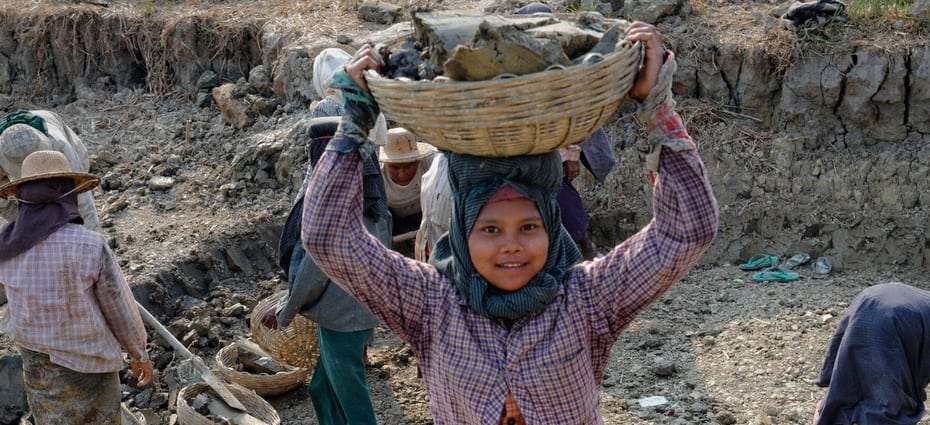Major Hurdles Remain in Goal to End Poverty by 2030
The number of people living in extreme poverty around the world is likely to fall to under 10 per cent of the global population in 2015, according to World Bank projections released today, giving fresh evidence that a quarter-century-long sustained reduction in poverty is moving the world closer to the historic goal of ending poverty by 2030.
The Bank uses an updated international poverty line of US $1.90 a day, which incorporates new information on differences in the cost of living across countries (the PPP exchange rates). The new line preserves the real purchasing power of the previous line (of $1.25 a day in 2005 prices) in the world’s poorest countries. Using this new line (as well as new country-level data on living standards), the World Bank projects that global poverty will have fallen from 902 million people or 12.8 per cent of the global population in 2012 to 702 million people, or 9.6 per cent of the global population, this year.
Actual poverty data from low income countries come with a considerable lag but the organization, which released the information on the eve of its Annual Meetings in Lima, Peru, based its current projections on the latest available data.
World Bank President, Jim Yong Kim, said that the continued major reductions in poverty were due to strong growth rates in developing countries in recent years, investments in people’s education, health, and social safety nets that helped keep people from falling back into poverty. He cautioned, however, that with slowing global economic growth, and with many of the world’s remaining poor people living in fragile and conflict-affected states, and the considerable depth and breadth of remaining poverty, the goal to end extreme poverty remained a highly ambitious target.
“This is the best story in the world today — these projections show us that we are the first generation in human history that can end extreme poverty,’’ Kim said. “This new forecast of poverty falling into the single digits should give us new momentum and help us focus even more clearly on the most effective strategies to end extreme poverty. It will be extraordinarily hard, especially in a period of slower global growth, volatile financial markets, conflicts, high youth unemployment, and the growing impact of climate change. But it remains within our grasp, as long as our high aspirations are matched by country-led plans that help the still millions of people living in extreme poverty.”
In April 2013, nine months after Mr. Kim became president of the World Bank Group, its Board of Governors endorsed two goals: to end extreme poverty by 2030, and to boost shared prosperity by raising the incomes of the bottom 40 percent of populations.
Mr. Kim said that further reductions in poverty rates would come from evidence-based approaches, including: broad-based growth that generates sufficient income-earning opportunities; investing in people’s development prospects through improving the coverage and quality of education, health, sanitation, and protecting the poor and vulnerable against sudden risks of unemployment, hunger, illness, drought and other calamities. These measures, he said, would also greatly boost shared prosperity, improving the welfare of the least well-off in every country.
“With these strategies in place, the world stands a vastly better chance of ending extreme poverty by 2030 and raising the life prospects of low-income families,” he added.
For more see the original article posted on the World Bank‘s website.

